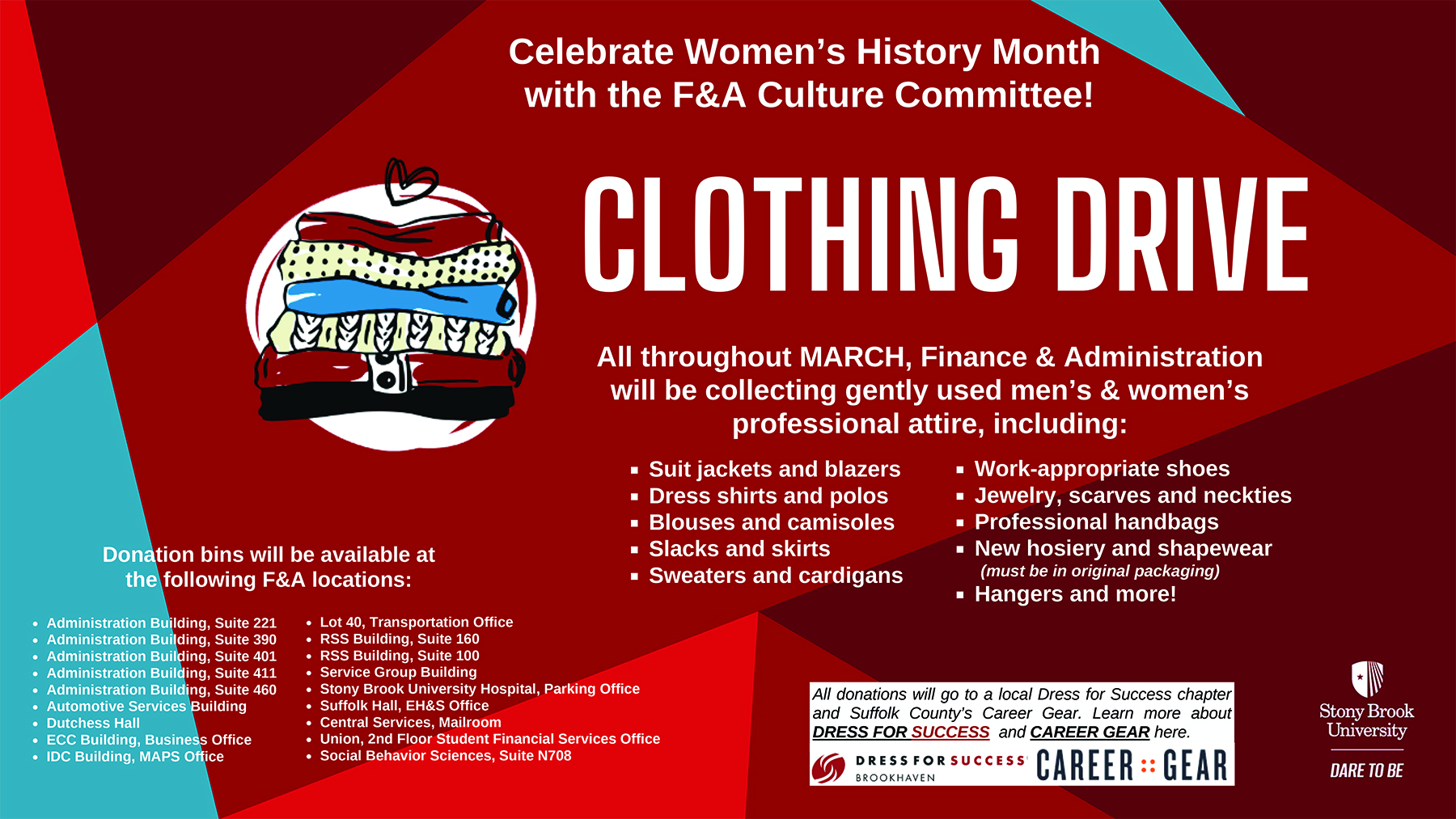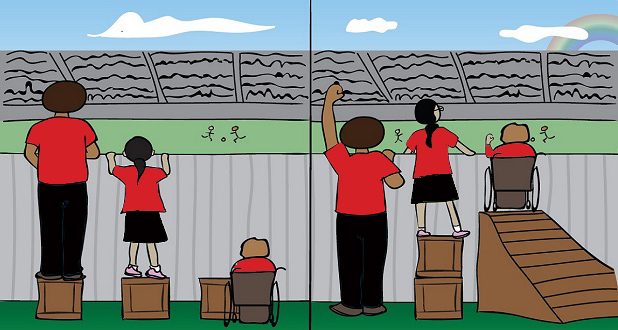F&A Alliance for Culture, Diversity & Inclusion
WHAT WE DO
The Finance & Administration Alliance for Culture, Diversity & Inclusion at Stony
Brook University was founded in 2021 aspires to cultivate a transformative environment.
We aim to foster an inclusive community that values and empowers everyone to thrive,
while promoting dialogue, a sense of belonging, and celebrating our values and differences.
If you are interested in joining our efforts, please email us.
Our Events Our Goals Our Pillars
BE A CULTURE COLLABORATOR
Are you a Finance & Administration employee? We’d love to hear about cultural fun facts, local events, or personal stories that highlight the richness of your background and experiences. We plan to use submissions on the form below to help us create events, a lunch and learn series, and more!
OUR EVENTS: JOIN US IN THE CELEBRATION
Our three sub-committees plan and host events throughout the year which Finance &
Administration employees are invited to attend! Bring a friend, we can't wait to see
you.
Women's History Month
Please join us this March as we celebrate Women's History Month by collecting gently
used work clothing. Read announcement with details and donation drop off locations.
OUR GOALS
1. Create a welcoming and inclusive work environment where individuals from all backgrounds feel valued, respected, and empowered to contribute their unique perspectives. Encourage open dialogue, active listening, and the recognition of diverse voices and experiences.
2. Organize events and activities that celebrate diverse identities, cultures, and experiences. Recognize and honor individuals and teams that exemplify inclusive behaviors and contribute to a diverse and equitable workplace.
3. Encourage collaboration and engagement among staff, faculty, students, and our external partners to build strategic alliances and amplify efforts towards diversity, equity, and inclusion across the University. Engage the broader University community through events, forums, and initiatives that foster both dialogue and action.
4. Provide ongoing education, training, and professional development opportunities to enhance cultural competence and awareness among staff, enabling them to contribute and champion an inclusive work environment.
5. Organize events where we have respect for each other and a sense of belonging within
the department.
6. Regularly evaluate the effectiveness of initiatives, collect feedback, and adjust strategies as needed.
OUR PILLARS
![]()
Culture: Embrace and celebrate the diversity of identities, backgrounds, and cultures, fostering an environment that appreciates and leverages the unique strengths and talents brought by each individual.
![]()
Engagement: Create and sustain an inclusive community where every individual feels valued, welcomed, and empowered to succeed.
![]()
Educate: Raise awareness and understanding of diversity, equity, and inclusion issues through educational initiatives, workshops, training programs, and other resources.
OUR TEAM
Chairs: The F&A Alliance for Culture, Diversity & Inclusion is comprised of Chair members,
who oversee the activities of the group, and each sub-committee (see below). Chair
members include:
-
-
- Lorre Cahill
- Lauren Candela
- Jacqueline Castaldo
- Melissa Hogarty
- Rachael Redhead
- Krista Tepedino
-
Sub-Committees: The F&A Alliance for Culture, Diversity & Inclusion operates with three sub-committees, each based on one of our three pilars, and is made up of two leaders and numerous individuals from across F&A's units.
![]()
Culture
Leaders: Maria Bracco from the Office of Procurement and Victoria James from Budget,
Financial Planning & Analysis
Members: Alexis Marisi, Carmen Marino, Jackie Castaldo, Jaya Patil, Joessie Mathews,
Joseph Caponegro, Rich von Rauchhaupt, Sarah Campbell, Roxana Lima and Rachael Redhead
![]()
Engagement
Leaders: Alexandra Rose from the Office of Marketing & Communications and Rich von
Rauchhaupt from DoIT
Members: Casey Borchick, Cathrine Duffy, Erica Lawler, Jaya Patil, Joessie Mathews,
Krista Tepedino, Lauren Candela, Rachel Cavanagh and Sarah Campbell
![]()
Educate
Leaders: Joessie Mathews from Human Resource Services and Michael Ospitale from DoIT
Members: Cathy Ribando, Karla Mason-Morrison, Dawn Smallwood, Hina Kausar, Jaya Patil,
Melissa Hogarty, Victoria James, Alexis Marisi, Nichole Gladky and Lorre Cahill
RESOURCES
1. Defining DEI
2. Equity, Diversity & Inclusion Glossary of Terms
3. DEI Strategic Planning Toolkit
4. Stony Brook University's Office of Diversity, Inclusion and Intercultural Initiatives
(DI3) vision, values, mission and goals

The picture on the left depicts equality (uniformity) but not equity. The three people
featured have very different needs, and so by measuring everyone according to only
the first person's needs they actually end up disadvantaging the second and third
person. It may not have been intentional at all, but that is the effect. Photo: equitytool.org/equity/
FEEDBACK AND CONTACT
Do you have an idea, question, or feedback that you wish to share? Please use
the form linked below.
Submit a Feedback Form
Interested in Joining Us? Email Lorre Cahill
